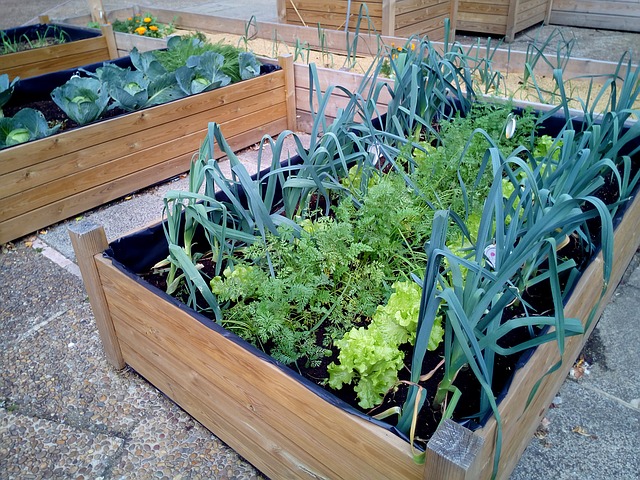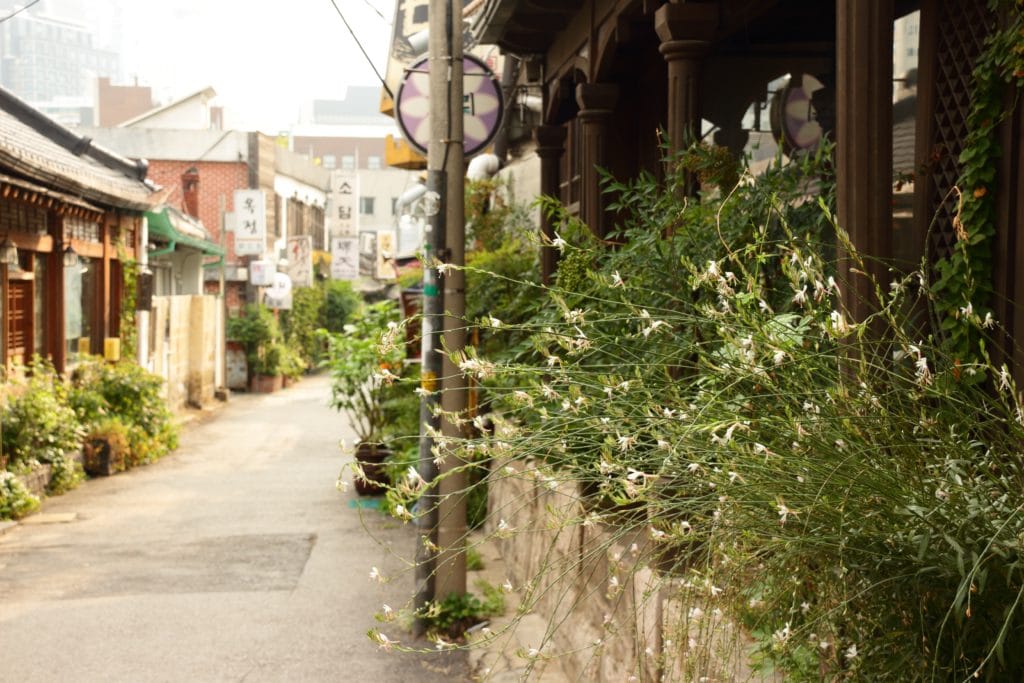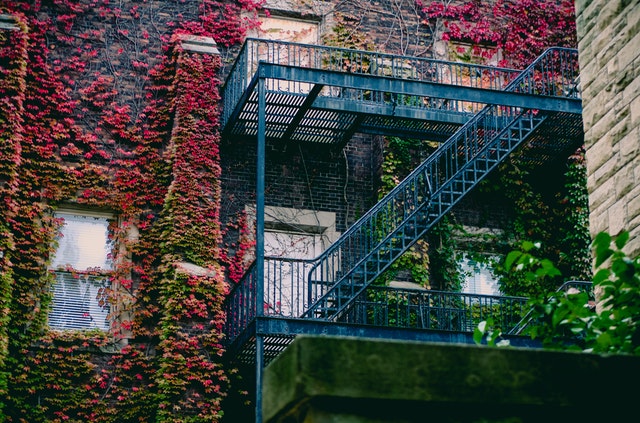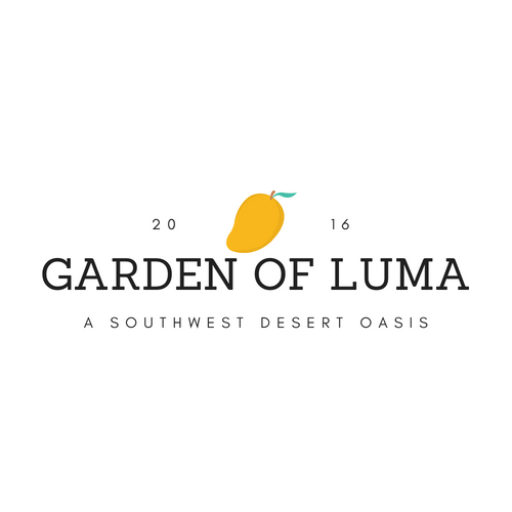How to Start Urban Gardening in 5 Easy Steps

Much of the world resides in an urban setting. Unfortunately living in the city, doesn’t always allow for large acreage. In the Phoenix, Arizona area where I reside, it’s quite common to have HOA (Homeowners Associations) all over the suburbs with a typical 1/5th of an acre lot.
This can even seem like a huge amount of land for some city residents. For those of us that have a passion for gardening, we have to be creative to maximize our space.
What is Urban Gardening? Urban Gardening is simply growing edible sustainable gardens in an urban setting with limited gardening space. Various methods such as vertical planting, high-density gardening, container growing, utilizing rooftops, and patio spaces are all incorporated. Space is utilized in any way possible to grow plants for healthy food for your family, farmer’s markets, or local businesses.
Why Urban Gardening is Important?
Creating an urban garden helps to make beneficial use of your land. Having an ongoing supply of produce helps to create food security for your household. Individuals and families can provide nutritious food for themselves or for local businesses.
People can come together to share a sense of community pride through mutual respect for gardening. See my related post: Building Relationships Through a Gardening Community.

How Urban Gardening Helps the Environment?
Not only is creating an urban garden a benefit for you, but it also helps the environment around you. Here are some amazing ways that starting an urban garden can enrich our environment:
Reduce Waste
Much of my gardening practices are geared towards providing sufficiently for my family. Growing large fruit trees that produce 100’s of pounds of fruit that we will never eat doesn’t make sense.
By growing things that your family will eat it can reduce the amount of waste produced. Much of what isn’t utilized by gardeners just gets composted back to the garden.
Saves Energy
Urban environments are often full of concrete structures whether it be asphalt, blocks, or pavers which all tend to radiate more heat. Living in the Arizona desert that added heat can compound our already scorching hot summer days.
Adding vegetation like plants, shrubs, and trees help to create more shade which can aid in cooling our residence. Anything to help cool our homes naturally will help to reduce the energy needed to continuously run air conditioning units.
Sustainable Society
We live in a generation where we are blessed to have everything at our fingertips. Grocery stores are readily stocked and food is easily accessible. What happens when a disaster occurs or we face financial hardships? As kids learn the importance of caring for a garden it helps to educate them through the process.
Urban gardening can help our children learn the value of provident living and not total reliance on everything being available for them. Individuals that have the skills to adapt, help set them up for long-term success.
Clean Foods
The use of harmful chemicals, pesticides, and GMO is common in commercial scale farming. It’s often needed to prevent financial pitfalls for crop loss. Growing in a backyard allows the gardener to have more control.
It’s easier to utilize organic methods when only managing a few plants. It’s also not as big of a detriment if homegrown produce has some blemishes or a crop doesn’t produce to meet a quota. The reduction of using harmful chemicals helps improve our health.

How to Create an Urban Garden
If you’re new to gardening, creating a garden can sometimes seem foreign. Maybe you’ve attempted to grow something in the past and failed, which lead to a belief that you don’t have a green thumb. It could be that your climate presents challenges, you live a city life with limited space, or it just seems too hard. Whatever the case may be, I’m going to lay out the steps to take to simplify getting your garden started today.
Step 1: Assess
The first step to creating your urban garden food forest is to take note of what you have to work with. Decide how much of your yard space you’ll be utilizing or if you plan to use every bit of space how much space that actually equates to.
I highly recommend having an idea of what your sun exposure is throughout the year. A sunny spot in the summer can be full shade during the winter depending on the path of the sun. South and West facing exposures are going to get the most sun. North exposures can get some decent sun in the summer and be in full shade in the winter.
Know your soil! Are you working with clay, sandy, or loamy soil? This is going to tell you a lot when it comes time for irrigation. Getting your soil tested can help identify what nutrients the soil is lacking and PH levels of the soil. This is helpful to know for feeding. Is your yard a blank slate or are you working with established trees? A blank slate may mean that you have to create some shade with fast growing trees depending on your climate.
RELATED POST: 13 Questions to Help Guide your Food Forest Design
Step 2: Plan
At this stage, it’s time to put your creativity to work and bring that garden dream to life. Keep in mind your goals for gardening, of course, these can evolve over time, but it can be helpful to start with the end in mine.
It can be a challenge to remove or re-work various areas in the future, but definitely doable. When I initially began my urban food forest I was mainly fixated on production, but I’ve since started to work on adding more beauty to my garden.
- Identify your growing Zone. (Click Here for the USDA Hardiness Map)
- Figure out what you want to grow.
- Decide on placement.
- Map it out either on paper or using a device.
Step 3: Prepare
Now that you’ve got it all figured out, this is where the fun begins! It’s time to start those various projects like digging holes to plant fruit trees, build raised beds, placing the containers, and installing the irrigation. If you’re not sure what sort of tools you’ll need, take a look at my recommended products page for everything that I utilize for my garden.
Raised beds or containers are a great way for getting the most out of tight spaces and to have more control. There are so many different options that can be utilized and even fruit trees can be grown in containers.
One key is to make sure you have good quality soil, this isn’t the time to go cheap. A living fertile soil with worms, microbes, and beneficial fungi called mycorrhizae will help your plants get the nutrients they need to flourish.
Containers and raised beds can come in various costs or become a DIY project. I really like these simple garden box ideas from Morning Chores.
RELATED POST: Raised Bed Gardening for Hot Climates
Step 4: Create
Now that all the hard work is done, it’s time to create. During this stage, it’s time to plant everything that you envisioned for your backyard urban food forest. Adding garden elements like theses garden arbors, fountains, bird feeders, or decretive artifacts can really bring a peaceful feel for your garden space.
Even though producing food is a major goal for our urban garden, adding color from various flowers or shrubs can make your space more aesthetically pleasing. This is your time for putting your unique touch into your garden.
Step 5: Nourish
At this stage, it’s all about maintenance. Yes, gardening takes some work, but the journey is often what makes the reward so enjoyable. Some of this can be streamlined through irrigation systems or paying landscapers. There are some amazing smart products for gardeners to make our lives a bit easier, see my related post on AmazingSmart Garden Products.
Each season will be a chance to start anew as you start sowing seeds for the year’s harvest. Things like fruit trees will need ongoing pruning and feeding. Those dreaded pests will need to be taken care of and weeds will inevitably creep in. Raised beds will need to be prepped and containers maintained.
RELATED POST: Getting your Raised Bed Ready for Planting Season
Final Thoughts
Living in the city with limited space doesn’t have to deter you from starting a garden. A garden can be as simple as utilizing a planter box for some herbs. Creating an urban garden food forest is a great way to get the most out of your backyard for producing food for your family while learning, improving the environment, and strengthening the community. Following some of these steps will help you on your way to becoming a productive gardener.
Please comment below on anything that you’ve enjoyed from this post or your experience with urban gardening.
